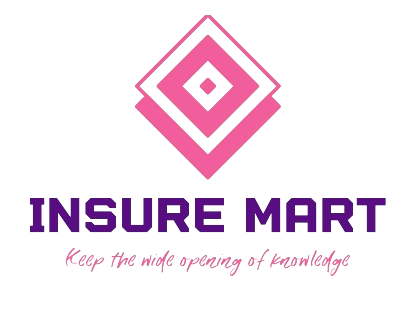Responsive web design has become an indispensable element in creating user-friendly and visually appealing websites across various devices. Among the crucial components of responsive design, adaptive images play a significant role in ensuring that websites load quickly and look great on screens of all sizes. As technology evolves and user expectations rise, exploring the latest trends in adaptive images becomes imperative for web developers and designers. One of the prominent trends in adaptive images for responsive web design is the adoption of next-generation image formats. Traditional image formats like JPEG, PNG, and GIF have long been the standard for web graphics. However, newer formats such as Web and AVIF offer superior compression algorithms and smaller file sizes without compromising image quality. By utilizing these formats, developers can significantly reduce page load times, thereby enhancing the overall user experience. Moreover, the implementation of responsive images through HTML’s screw and sizes attributes has gained traction in recent years.
These attributes allow developers to specify multiple image sources and their respective sizes, enabling browsers to choose the most appropriate image based on factors like screen resolution and viewport size. As a result, users receive optimized images tailored to their device capabilities, leading to faster load times and reduced bandwidth consumption. Another emerging trend is the integration of client-side image optimization techniques. With advancements in JavaScript libraries and browser capabilities, developers can perform on-the-fly image resizing, lazy loading, and image format conversion directly within the client’s browser. By offloading image-processing tasks to the client side, website design agency Michigan can deliver personalized and optimized content without relying heavily on server-side resources. Furthermore, the rise of responsive images CDN Content Delivery Network solutions has revolutionized the way images are delivered and cached across global networks. These CDNs automatically resize and optimize images based on user requests and device characteristics, ensuring fast and consistent image delivery regardless of the user’s location.
By leveraging the power of CDNs, websites can achieve faster load times, improved scalability, and reduced server load, ultimately enhancing the overall performance and reliability of adaptive image delivery. In addition to technological advancements, accessibility considerations have become increasingly important in adaptive image design. Developers are now focusing on implementing alternative text descriptions, image captions, and aria attributes to ensure that visually impaired users can comprehend and navigate through web content effectively. By adhering to accessibility standards and best practices, websites can become more inclusive and accessible to users with diverse needs and preferences. The landscape of adaptive images for responsive web design continues to evolve rapidly, driven by technological innovation and user-centered design principles. By embracing next-generation image formats, leveraging responsive image attributes, harnessing client-side optimization techniques, and prioritizing accessibility, developers can create compelling and immersive web experiences that adapt seamlessly to the diverse needs of modern users.
